Berry Natives For Your Yard: Strive These Native Berry Bushes
Foraging on native berry bushes whereas climbing is an unforgettable expertise, nonetheless you may develop berries native to North America in your explicit particular person yard. North America has fairly just a few climates, quite a few them dwelling to quite a few berries. Understanding about native vegetation presents you the within monitor on cultivating various most likely essentially the most naturally prolific, healthiest and rewarding varieties for each your self and for wildlife. Your native plant heart could make it simpler to uncover a variety of of these native berries to North America, nonetheless this knowledge covers 10 of the right to have the benefit of appropriate exterior your door.…
Strive These 10 Tasty Native Berry Bushes
It’s vitally crucial to know your berries. All through the wild, there are spherical 300 species of berries in North America. Nonetheless not each berry is safe to eat. As berry foragers will inform you, solely 10 p.c of white and yellow berries are edible, whereas spherical 50 p.c of crimson berries are superb, and 90 p.c of blue and black berries are safe to eat.
So it is smart to know the right native berries you may develop your self for tasty, healthful and absolutely secure fruiting rewards. Native berry vegetation develop in a variety of soils, nonetheless want well-draining, acidic websites. For anybody looking for to spice up their differ of native shrubslisted under are some favourite fruiting varieties to strive rising your self:
1. Blueberry
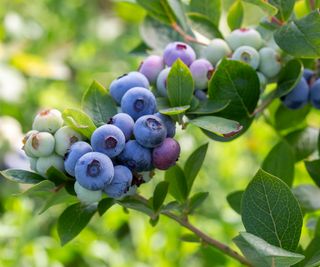
(Picture credit score rating score: Esin Deniz / Getty Footage)
Blueberry vegetation are small bushes with shiny inexperienced, ovate, pointed leaves. The little bushes produce white flowers that in flip flip into chubby, spherical blue fruits. There are highbush and lowbush sorts of blueberryevery native to utterly utterly totally different elements of the nation. Highbush berries are strewn all by way of japanese North America, whereas lowbush varieties are additional frequent in north-central elements of america and into the Pacific Northwest. Blueberries want acidic, moist soil. Strive Blueberry corymbosum or Bluecrop, a mid-season producer.
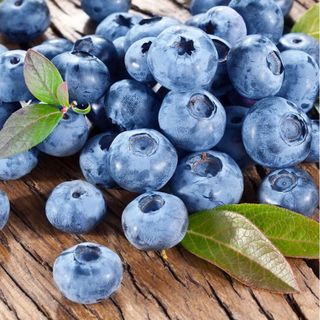
Vaccinium Corymbosum ‘Bluecrop’
This highbush cultivar from Inexperienced Promise Farms produces massive and juicy blueberries in abundance, ahead of setting a fall yard alight with crimson foliage.
2. Elderberry
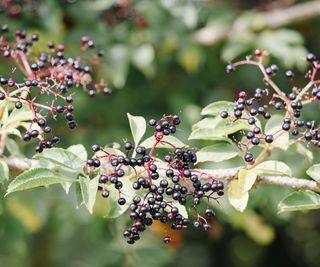
(Picture credit score rating score: AL Hedderly / Getty Footage)
These are very elegant vegetation with lacy leaves and umbels of tiny flowers. As shortly as a result of the flowers have gone, small deeply purple berries variety. These are usually utilized in jams and even wine. Elderberry vegetation might variety a multi-stemmed bush or single-stemmed tree as rather a lot as 6 toes (1.8m) in prime. Native elderberry varieties want persistently wealthy, moist soil.
3. Gooseberry

(Picture credit score rating score: Klaus Hackenberg / Getty Footage)
There are a selection of sorts of gooseberries you may develop with Whitestem and Rocky Mountain 2 of the extra frequent. Whitestem has virtually black berries, whereas Rocky Mountain has crimson fruits. Each of those vegetation have spines and palmate leaves. They develop wild in mountain areas and require moist soil in spring. They’re tolerant of the chilly and are good in cool native local weather areas.
4. Salmonberry
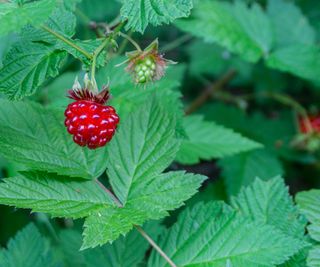
(Picture credit score rating score: Melinda Podor / Getty Footage)
In case you’ve ever seen a berry that looks like a raspberry nonetheless is solely not crimson, it could be a salmonberry. These fruits have yellowish-orange coloring. They’re mixture berries, much like raspberries or blackberries. They’re late spring fruits and are present in dappled delicate, close to water, and beneath bushes.
5. Huckleberry
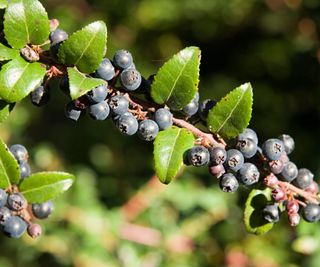
(Picture credit score rating score: Step2626 / Getty Footage)
Discovered all through the Pacific Northwest, these have a protracted historic earlier as an indigenous meals, each newest and dried. When ripe, these berries seem like virtually black in shade. Huckleberry vegetation are evergreen and produce fruits inside the summertime. The fruit is good with a little bit of little little bit of tartness. These berry vegetation develop in shaded areas and like moist soil.
6. Juneberry
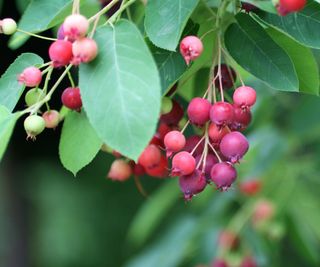
(Picture credit score rating score: Merrymoonmary / Getty Footage)
The berries on this tree-like bush (which might be referred to as the serviceberry) look similar to a blueberry. These vegetation want sandy soil and are most constantly discovered on the edges of deciduous forests. These fruits have cherry and almond notes. The leaves are oval and barely serrated, and the bark is silvery.
7. Salal Berry
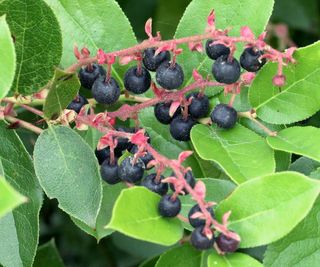
(Picture credit score rating score: Randimal / Getty Footage)
The evergreen leaves are shiny and pointed, with blushed stems. They develop in each sort of climates and are fairly winter hardy. The fruit was an crucial meals present for indigenous communities. The berries are darkish blue, oval to spherical, and candy. Plant the bushes in partial photograph voltaic to full shade and shield the soil moist.
8. Thimbleberry
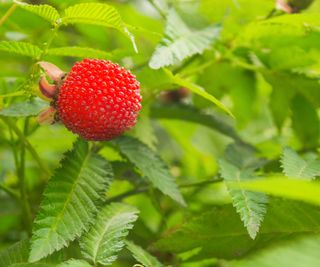
(Picture credit score rating score: Karlevana / Getty Footage)
Thimbleberries are a wild bramble with barely chalky berries. The leaves are maple-shaped and the berries are sweetly tart and vibrant crimson. Spring flowers are starry white. They like moist soil, nonetheless can tolerate dry websites. Plant in full photograph voltaic and supply fastened moisture.
9. Honeyberry
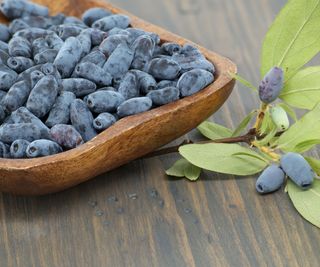
(Picture credit score rating score: NetPix / Getty Footage)
Actually considered one of many sweetest berries available on the market, honeyberries are a species of honeysuckle. They like colder climates and moist soil. Small, funnel normal, creamy white flowers flip into elongated purple-blue fruits. These bushes (moreover referred to as haskaps) are comparatively pest free and might be discovered pretty a variety of cultivars.
10. Oregon Grape
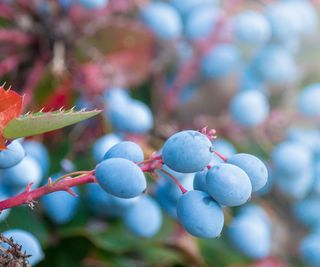
(Picture credit score rating score: Larysa Lyundovska / Getty Footage)
The fruits of Mahonia nervosa mannequin nothing like commonplace dessert grapes, though they do look comparable. The leaves are serrated and have a pointy edge like holly. The berries was used as dye and in treatment. They’re tart nonetheless, when combined with sweeter berries, scrumptious. In addition to they make excellent wine. You presumably can develop Oregon grape bushes in each moist and dry areas, sunny or partially shaded.






